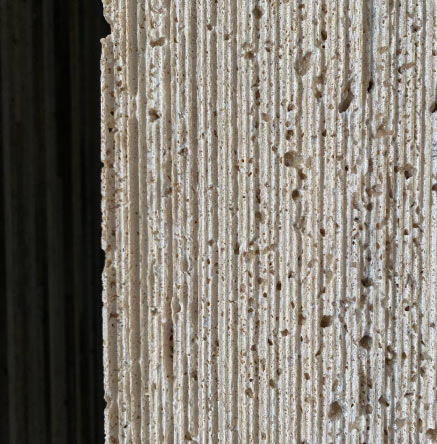
World trade of decorative stone
Without a doubt, smart investment in the stone industry is worth the risk and is less risky than any other type of investment. Marble and other stones are timeless goods that have a history of thousands of years and have stood the test of time in the great works of the past. Although the economic recession has not affected them, but this commodity has been able to go through the difficulties without any lasting damage to it, as a result, it can be assumed that the global recession has had a marginal impact on this sector, the medium and long-term future prospects It is promising.
Decorative stone production continues in most countries of the world. Italy accounts for half of the total production. Other important producers are China, Brazil, Finland, India, Norway, Portugal, Spain, Sweden, Turkey and the United States of America.
China is known as the largest producer, importer and exporter of building stone in the world.
Türkiye is one of the countries that has been able to develop and improve its stone industry in the past years. The stones produced in this country are currently exported to various European and American countries. The key to the success of Turkey's stone industry, according to experts in this country, is focusing on research and development, branding and design.
Italy, which is a member of the group of seven industrialized countries of the world, has an open economy and is also a member of organizations such as the World Organization for Economic Cooperation and Development. The most important methods available in Italy to expand the market and develop the sales share of various products and services include receiving subsidies to producers from the government (tax incentives or tax exemptions, consolidation of companies producing processed products), creating distribution channels for Sales and export (communicating with companies and institutions promoting and distributing Italian products is not a difficult task and it is easy to communicate with them.
One of the most important measures taken by India to achieve the goals of export development is to create opportunities and incentives for exports, provide and reduce the costs of export products (reduction of export tax, deduction of marketing costs and creation of non-tax branches for the exporting unit, supply of materials domestic raw material at the world price, discount in railway freight rates from the place of production to the export ports, cash subsidy equal to a fixed percentage of the export value), increasing the power of international competition by granting long-term credits to exporters to enable them to provide He pointed out credit to foreign buyers, government assistance in the fields of marketing and gathering statistics and information, implementation of technology promotion program in industries and creating a safe environment for export activities.


